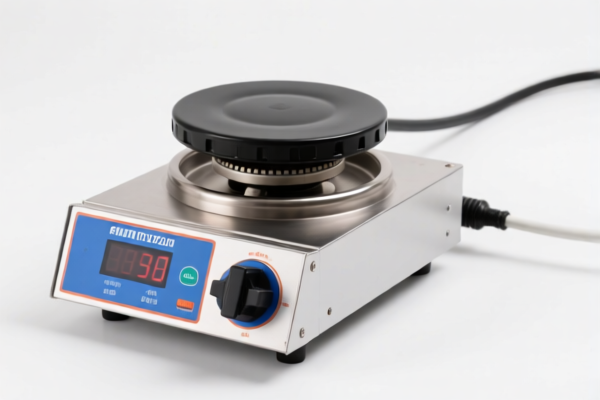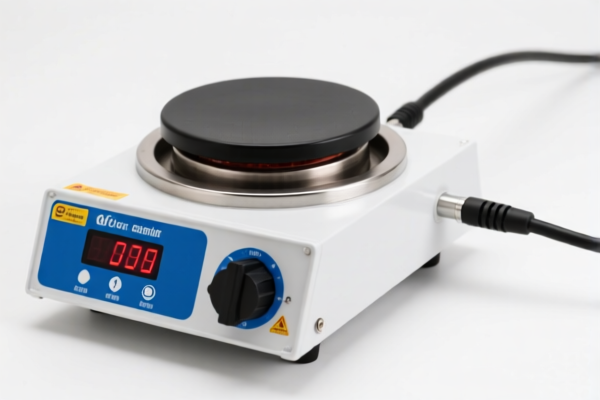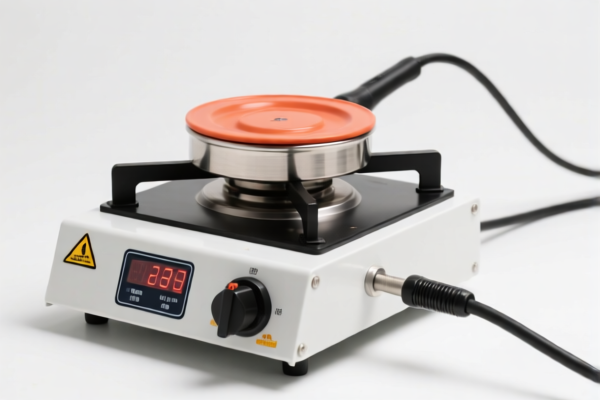| HS Code | Official Doc | Tariff Rate | Origin | Destination | Effective Date |
|---|---|---|---|---|---|
| 8516808000 | Doc | 55.0% | CN | US | 2025-05-12 |
| 8516909000 | Doc | 58.9% | CN | US | 2025-05-12 |
| 8533100020 | Doc | 55.0% | CN | US | 2025-05-12 |
| 8533100060 | Doc | 55.0% | CN | US | 2025-05-12 |
| 8419110000 | Doc | 55.0% | CN | US | 2025-05-12 |
| 8419909580 | Doc | 59.0% | CN | US | 2025-05-12 |




Heating Module
A heating module is a self-contained unit designed to generate heat for various applications. These modules typically convert electrical energy into thermal energy, though other energy sources like chemical reactions or combustion can be employed.
Material
Heating modules utilize a diverse range of materials depending on the intended application, temperature requirements, and efficiency goals. Common materials include:
- Resistive Heaters: These are the most prevalent type, utilizing materials with high electrical resistance.
- Nichrome: A nickel-chromium alloy, offering high resistance and oxidation resistance, suitable for general-purpose heating.
- PTC (Positive Temperature Coefficient) Ceramics: Exhibit increasing resistance with temperature, providing self-regulating properties and preventing overheating.
- Carbon Fiber: Lightweight and offering rapid heating, often used in specialized applications.
- Metal Alloys (e.g., iron-chromium-aluminum): Used for high-temperature applications.
- Ceramics: Provide electrical insulation and high-temperature stability. Alumina, silicon carbide, and other technical ceramics are common.
- Insulating Materials: Such as mineral wool, fiberglass, or aerogels, minimize heat loss and improve efficiency.
- Housing Materials: Typically metal (stainless steel, aluminum) or high-temperature plastics, providing mechanical protection and structural support.
- Heat Transfer Materials: Thermal paste, thermal grease, or phase-change materials enhance heat conduction between the heater element and the object being heated.
Purpose
The primary purpose of a heating module is to provide controlled heat. Specific applications include:
- Temperature Control: Maintaining a specific temperature in a closed system.
- Heating Processes: Raising the temperature of a substance for chemical reactions, melting, or other processes.
- De-icing/Anti-icing: Removing or preventing the formation of ice.
- Warmth Generation: Providing localized heating for comfort or industrial purposes.
- Soldering/Welding: Providing the necessary heat for joining materials.
Function
Heating modules function by converting input energy into thermal energy through various mechanisms:
- Resistive Heating: Passing an electric current through a resistive element generates heat due to the material's resistance to the flow of current (Joule heating). This is the most common method.
- Conduction: Heat is transferred through direct contact between the heating element and the object being heated.
- Convection: Heat is transferred through the movement of fluids (air, liquids) heated by the module.
- Radiation: Heat is emitted as electromagnetic waves, transferring energy without direct contact.
- Chemical Reactions: Some modules utilize exothermic chemical reactions to generate heat.
Usage Scenarios
Heating modules are employed in a wide range of applications:
- 3D Printers: Maintaining the temperature of the print bed and nozzle.
- Automotive: Heated seats, engine pre-heaters, defrosters.
- Industrial Equipment: Process heating, temperature control in reactors, furnaces, and ovens.
- Medical Devices: Warming blankets, incubators, therapeutic heating pads.
- Consumer Electronics: Hair dryers, curling irons, soldering irons.
- Aerospace: Heating components in satellites and aircraft.
- HVAC: Supplemental heating, baseboard heaters, radiant heating systems.
Common Types
- Cartridge Heaters: Cylindrical heaters inserted into holes or sleeves, offering high power density and rapid heating.
- Band Heaters: Flexible heaters wrapped around pipes or cylinders, providing uniform heating.
- Ceramic Heaters: Utilizing PTC ceramic elements, offering self-regulation and precise temperature control.
- Film Heaters: Thin, flexible heaters ideal for applications requiring uniform heating over a large area.
- Infrared Heaters: Emitting infrared radiation for targeted heating.
- Immersion Heaters: Designed to be submerged in liquids for direct heating.
- Thermostat Controlled Heaters: Integrating a thermostat for automated temperature regulation.
- Peltier Modules (Thermoelectric Coolers/Heaters): Utilizing the Peltier effect to generate heat or cooling. While primarily coolers, they can be reversed to function as heaters.
The declared goods are described as a “heating module”. Based on the provided information, the following HS codes may be relevant:
- 8516808000: This HS code covers electric instantaneous or storage water heaters and immersion heaters; electric space heating apparatus and soil heating apparatus; electrothermic hairdressing apparatus (for example, hair dryers, hair curlers, curling tong heaters) and hand dryers; electric flatirons; other electrothermic appliances of a kind used for domestic purposes; electric heating resistors, other than those of heading 8545; parts thereof: Electric heating resistors: Other. This code applies to various electric heating elements and appliances, potentially including heating modules used in domestic applications. The total tax rate is 55.0% (0.0% basic tariff + 25.0% additional tariff, increasing to 30% after April 2, 2025).
- 8516909000: This HS code covers electric instantaneous or storage water heaters and immersion heaters; electric space heating apparatus and soil heating apparatus; electrothermic hairdressing apparatus (for example, hair dryers, hair curlers, curling tong heaters) and hand dryers; electric flatirons; other electrothermic appliances of a kind used for domestic purposes; electric heating resistors, other than those of heading 8545; parts thereof: Parts: Other. If the heating module is considered a component or part of a larger appliance, this code may be applicable. The total tax rate is 58.9% (3.9% basic tariff + 25.0% additional tariff, increasing to 30% after April 2, 2025).
- 8533100020: This HS code covers electrical resistors (including rheostats and potentiometers), other than heating resistors; parts thereof: Fixed carbon resistors, composition or film types Designed for surface mounting (SMD) by contact: Having more than two terminals (resistor networks). If the heating module utilizes surface mount resistors, this code could be relevant. The total tax rate is 55.0% (0.0% basic tariff + 25.0% additional tariff, increasing to 30% after April 2, 2025).
- 8533100060: This HS code covers electrical resistors (including rheostats and potentiometers), other than heating resistors; parts thereof: Fixed carbon resistors, composition or film types Other: Carbon composition. If the heating module utilizes carbon composition resistors, this code could be relevant. The total tax rate is 55.0% (0.0% basic tariff + 25.0% additional tariff, increasing to 30% after April 2, 2025).
It is important to determine the specific function and application of the heating module to select the most accurate HS code. If the module is designed for use in domestic appliances, codes 8516808000 or 8516909000 may be appropriate. If it consists of resistors, codes 8533100020 or 8533100060 may be more suitable.
Customer Reviews
No reviews yet.